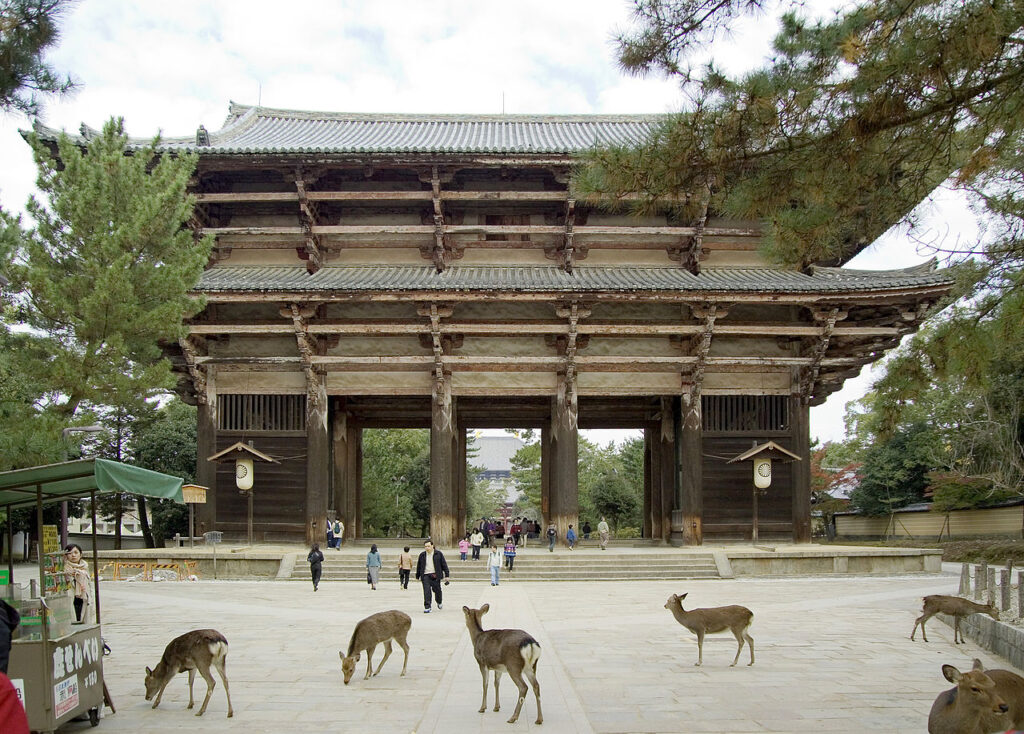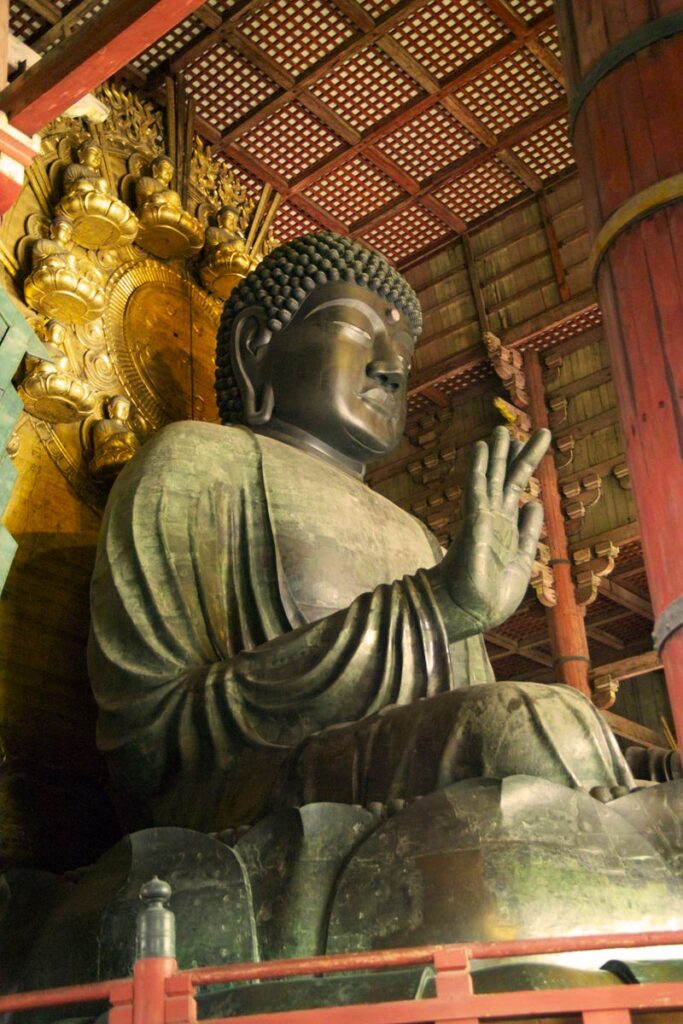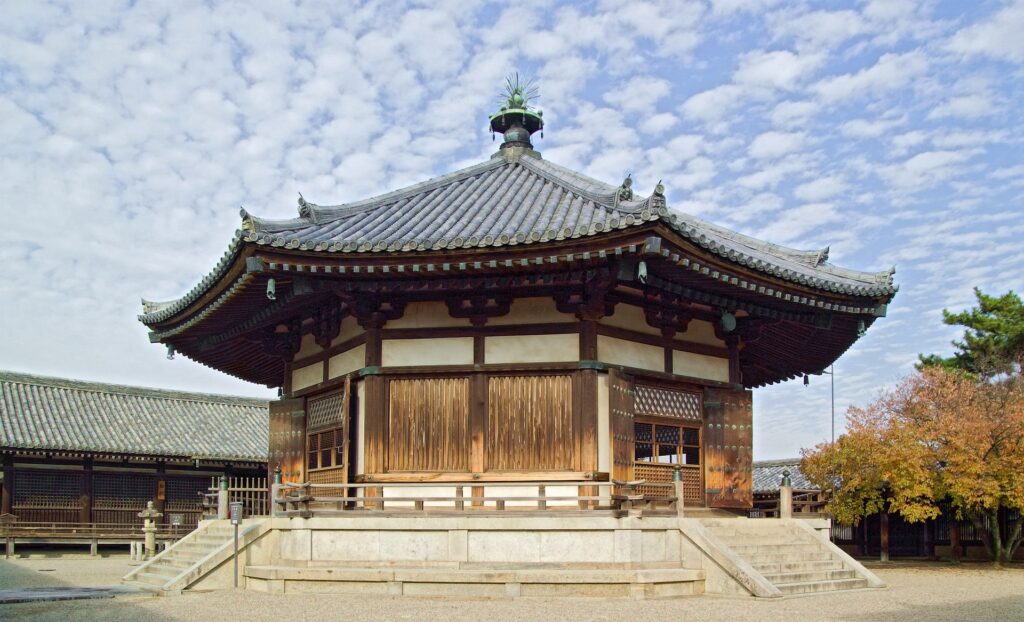SAMURAI BUILD 2F,
1-29 Katori-cho, Nakamura-ku,
Nagoya, Aichi Prefecture, Japan
NARA:a great treasure trove of history
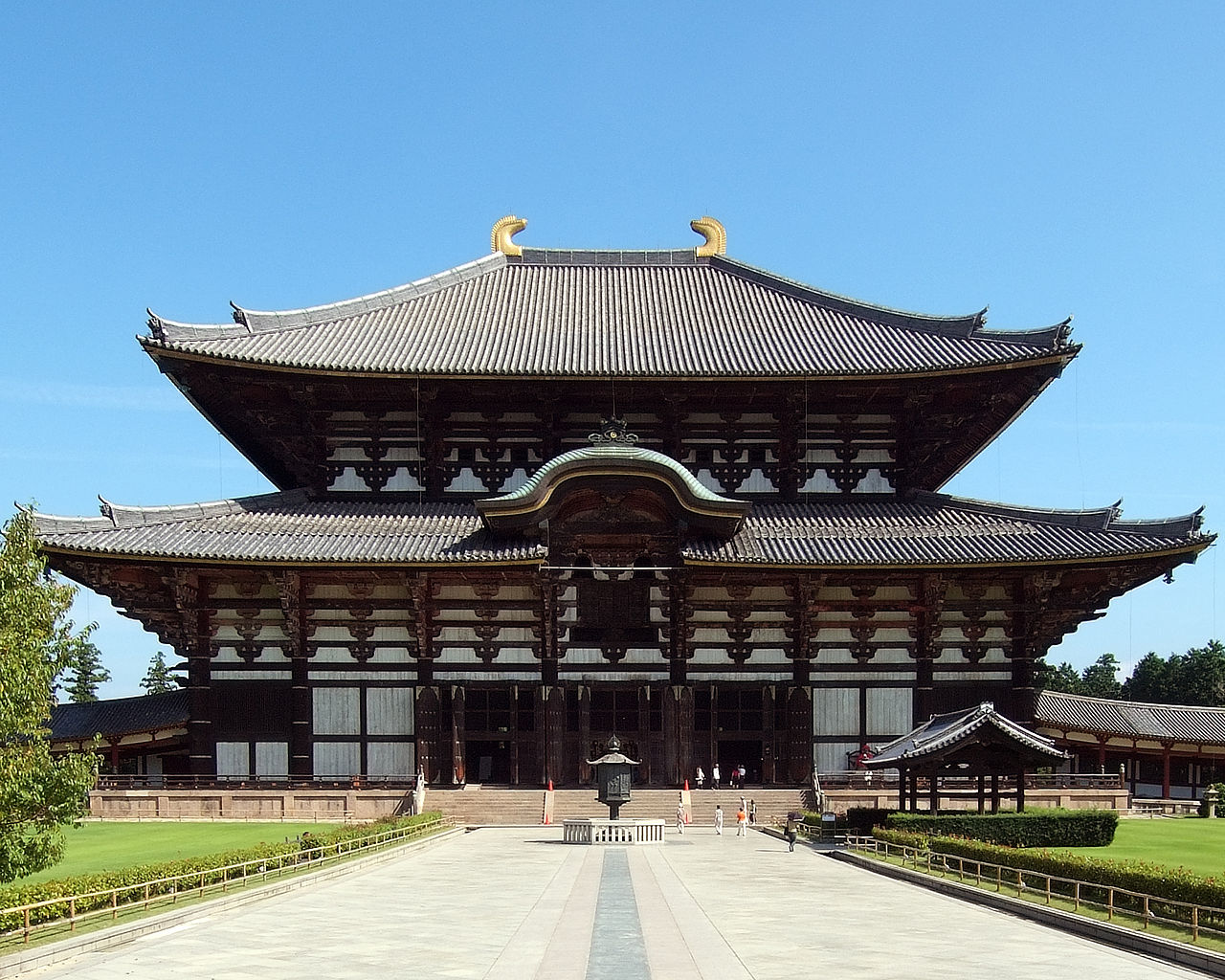
ABOUT NARA
If you visit Osaka and Kyoto, then you should not miss Nara! Nara is located southern Kyoto and it was founded in 710 till 794 as the first capital of Japan. Nara is the cradle of Japanese culture, art and literature, hence it is listed as a UNESCO World Heritage Site.
In 708 the Empress Genmei moved Japan‘s capital to Nara which structure was based on the city of Chang’an (the modern Xi`an), the capital of Tang Dinasty in China, featuring a grid layout for the streets.
For those who want to see how Nara looked in the past, Naramachi is defentily worth to visit. Naramachi is the formenr merhcant district of Nara and, during the Edo Period, most of its buildings were wooden machiya (literally “townhouses”) served both as shops and as the living quarters of the local merchants. Machiya have been preserved over time and nowadays are opened to public as museums, cafes and shops.
NARA PARK
Nara Park is a public park situated in Nara, at the foot of Mt. Wakakusa. It offers magnificent views while having a pleasant stroll since it is rich in nature and ponds filled with carps and turtles.
Moreover, Nara Park area is famous all over the world for its great cultural heritage since the Park include also the grounds of Todai-ji, Kofuku-ji, Kasuga Grand Shrine and Nara National Museum.

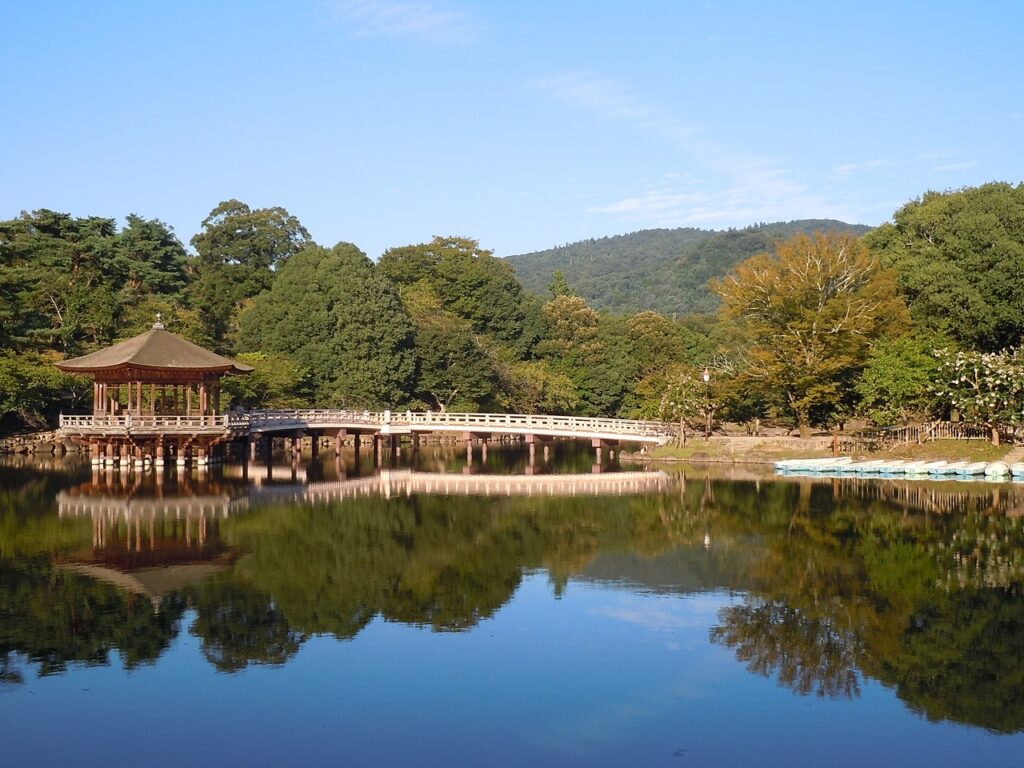
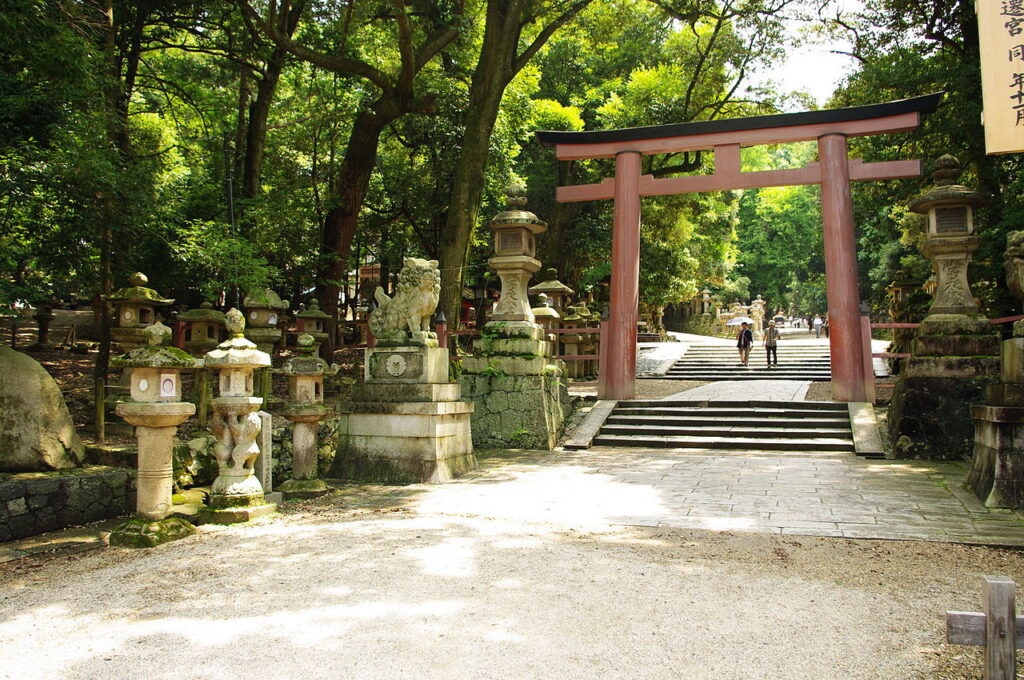
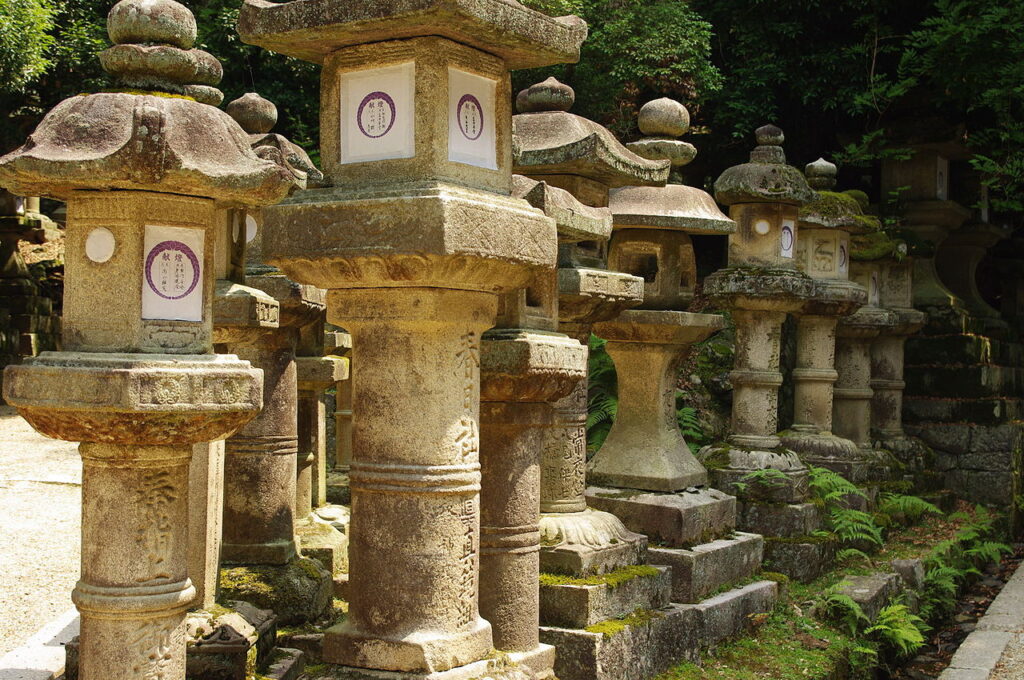

Nara deer: the messengers of Shinto Gods
If foxes stand for Fushimi Inari Shrine in Kyoto, then deer stand for Nara Park in Nara!
When the capital was moved from Asuka to Nara in the early 700s, the Imperial Court looked for protection from Kashima Shrine`s God in the Ibaraki Prefecture, Takemikazuchi-no-Mikoto, one of the deities of martial arts. According to the legend, he arrived in Nara riding a beautiful white deer. Since then, deer have been considered sacred animals, so much that even killing one of them was an offence punishable by decapitation until 1637.

Nowadays, Nara Park is home to over 1,200 freely roaming deer and haunting them is forbidden since they are declared “Natural Monuments”, hence Shinto God`s messengers. Moreover, since they are loved by tourists, they are thought as a precious tourist resource. In fact, Nara deer are not fear of humans, rather, on the opposite they approach tourists seeking for food and caresses. You can feed them with particular biscuits called shika senbei (Shika means “deer”) sold at dedicated stalls or shops.

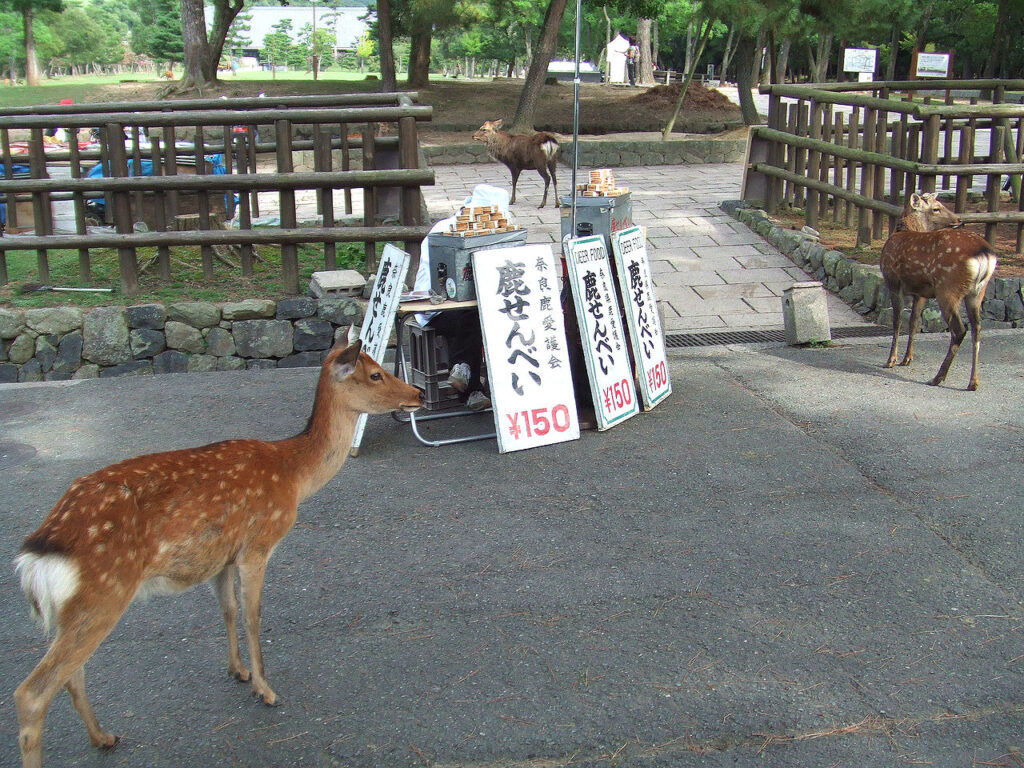
There are a lot of videos in YouTube showing how cute and polite Nara deer are! If you bow them, they bow back to you and they cross at the zebra crossing when the traffic has slowed down.
TODAI-JI TEMPLE
Todai-ji Temple is(lit. “Great Eastern Temple“) is a majestic Buddhist Complex, which covers most of northern Nara Park area. Besides its most famous landmark, the Main Hall, it includes many of smaller temple halls and sites of interest such as the Todai-ji Museum.
Todai-ji Temple was founded in 738 and, until 1998, it was the world’s largest wooden building. Unfortunately, it has been destroyed by fire twice, and the present structure dates back to the Edo Period in 1692.
The origins of Tōdai-ji lie in the arrival of Buddhism doctrine in Japan. Emperor Shomu (701-756), the Emperor at that time, promoted Buddhism as a state religion by the construction of provincial Temples throughout Japan in order to eliminate the political and social agitations. Hence he decided to build the Great Buddha Statue, synonym of protection.
When approaching to Todai-ji Temple, you will pass through “Nandaimon” wooden Gate (lit. “Great South Gate”) marking the entrance of Todai-ji Temple. On both of its sides, two statues made of cypress wood and 8-meters high representing Niō or Kongōrikishi guardians (Agyō and Ugyō) who protect the Temple from evil spirits.
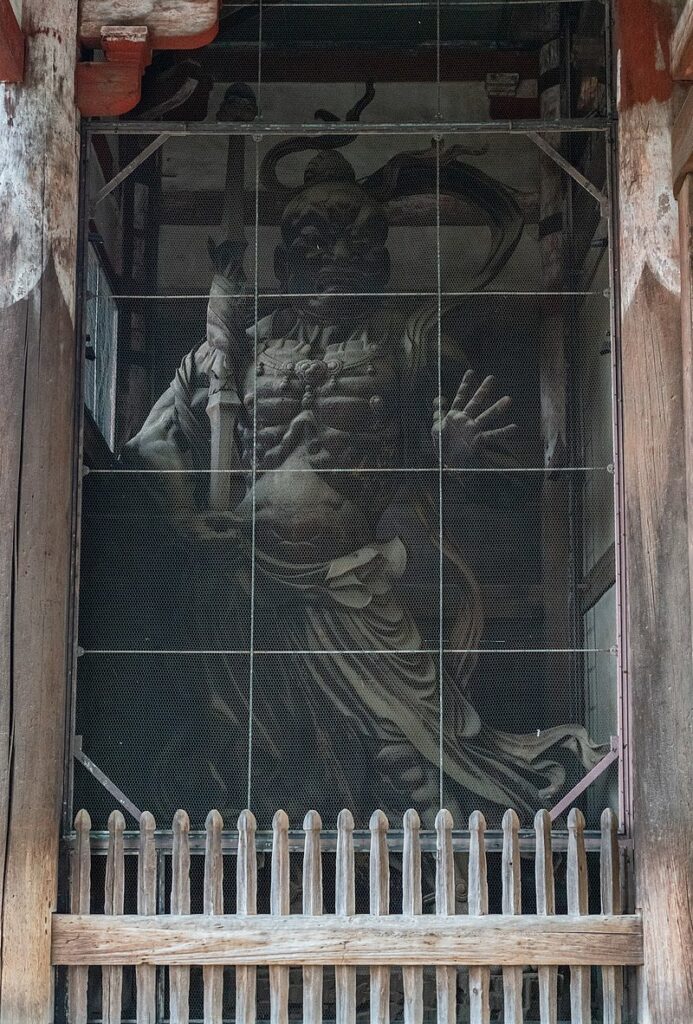

Unfortunately, fire destroyed the building twice and the current structure dates back to 1692 (Edo Period). The Main Hall (“Daibutsuden“) houses one of Japan’s largest bronze statues of Buddha, it measures 15 meters in height and the gesture features protection, blessing and peace. Its construction features three different separated parts: the head, the body and the hands.
HORYU-JI TEMPLE
Horyu-ji Temple is a Buddhist complex located in Ikaruga, less than 30 minutes from the Nara Park area by car.
Horyu-ji Temple is the most ancient wooden building in the world and its main structures, which are the Middle Gate, 5-story pagoda and Kondō or Main Hall, date back to Asuka Period (552-642).
The origin of Horyu-ji Temple started in 587, when Emperor Yomei decided to build a Buddhist Temple enshrining the statue of “Yakushi Nyorai”, the Buddha of medicine and health, as a good omen for his recovery from a illness. The Statue was placed in the Main Hall but, unfortunately, the emperor died. Nevertheless, his son, Prince Shotoku and his aunt, Empress Suiko, (592–628) continued the construction of Horyu-ji Temple, which was completed in 607, as per Emperor Yomei`s will.
The Temple is composed by two areas: the western one, ”Sai-in” and the eastern one, “Tō-in”. When approaching to Horyu-ji, you will see its imposing Middle Gate marking the entrance to the inner-western area where the Five-storied Pagoda and Main Hall are located, while the main building in the inner-eastern area is an octagonal structure called “Yumedono” (Hall of Dreams).
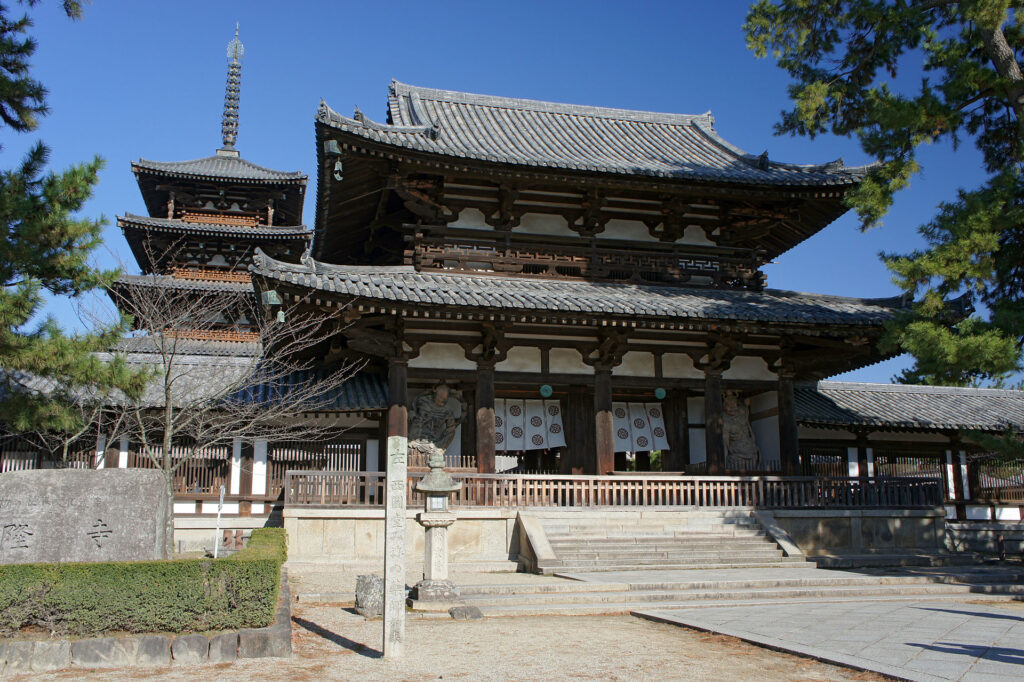
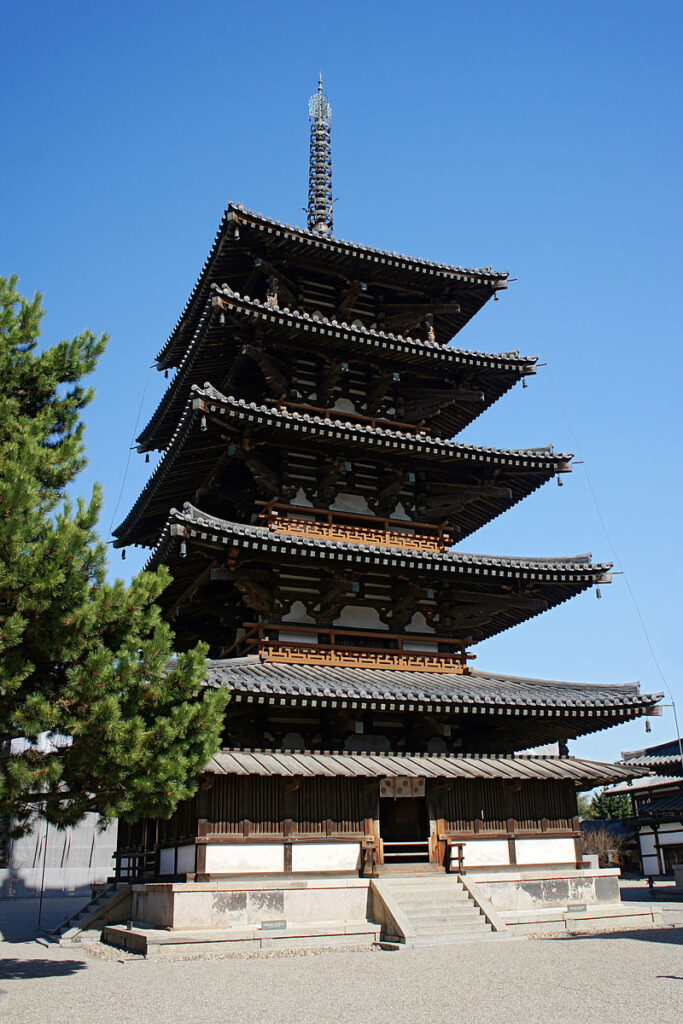
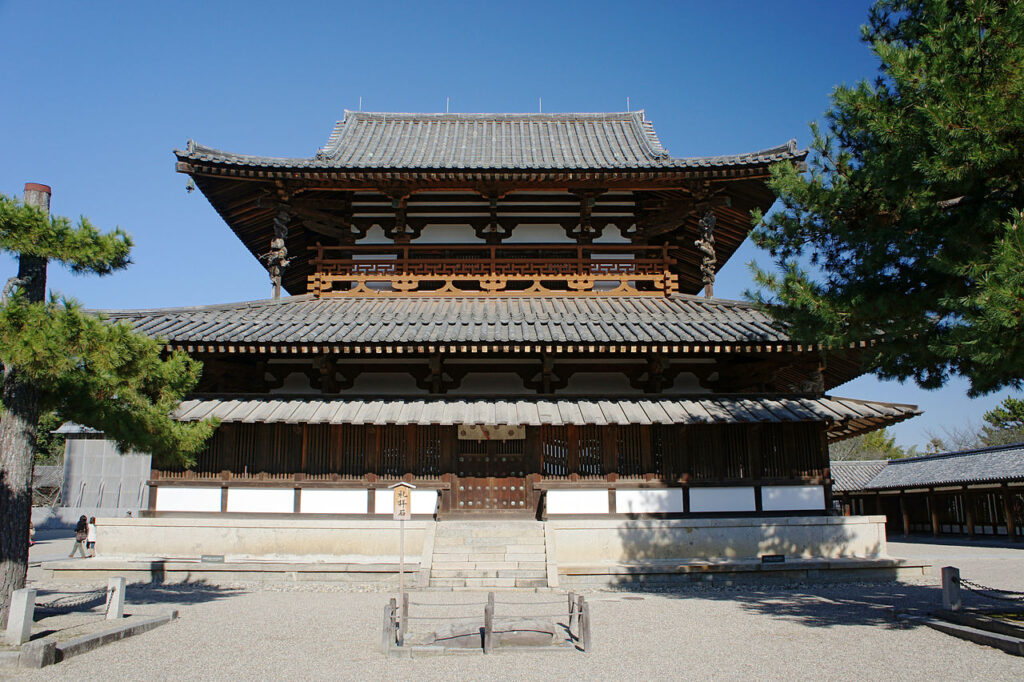
Horyu-ji Temple houses many treasures regarding Buddhist art from the sixth and seventh century, for example Buddha statues such as the Kudara Kannon one and 53 murals featuring the Pure Land Buddhism (for more information regarding Pure Land Buddhism, please click the following link: https://en.jffjff.com/inbound/byodo-in-temple-ujis-pure-land/), Tamamushi Shrine (the name derives from the irdiscent wings of the tamamushi beetle covering the structure, which have now exfoliated) and more.

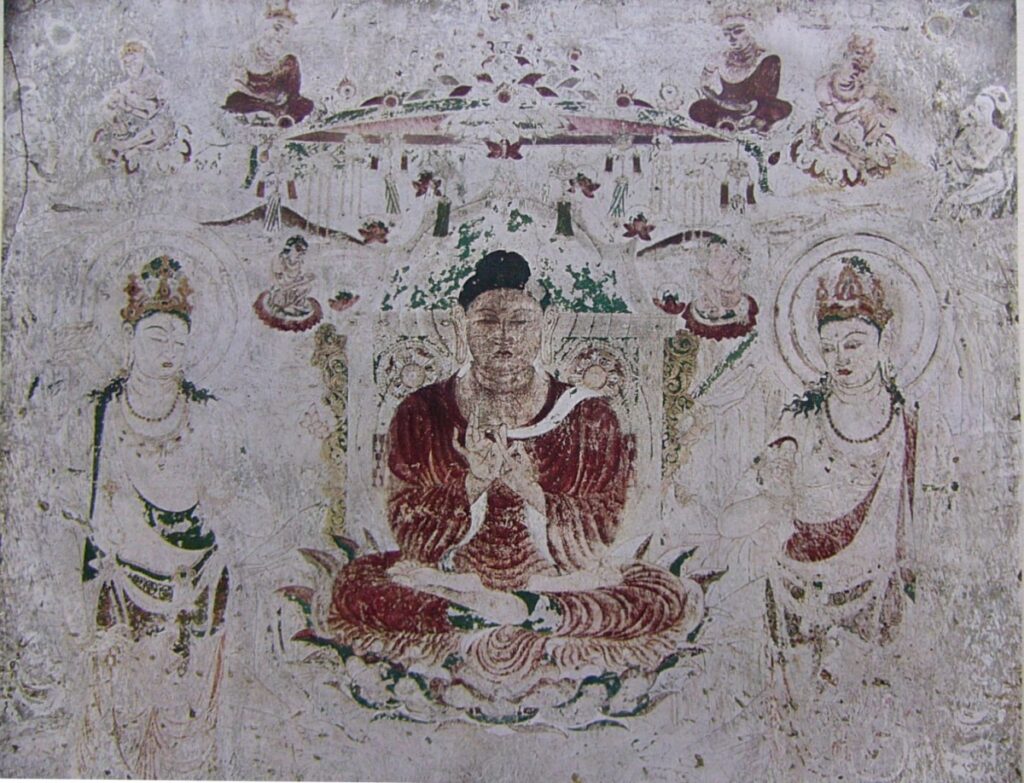
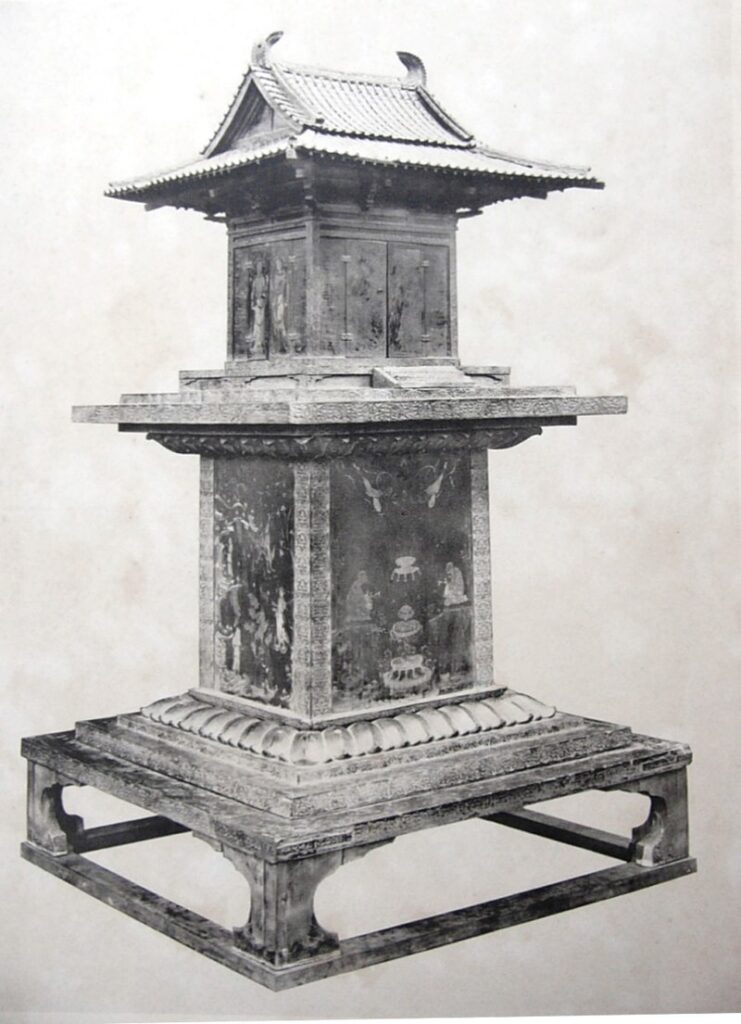
- category: Nara

